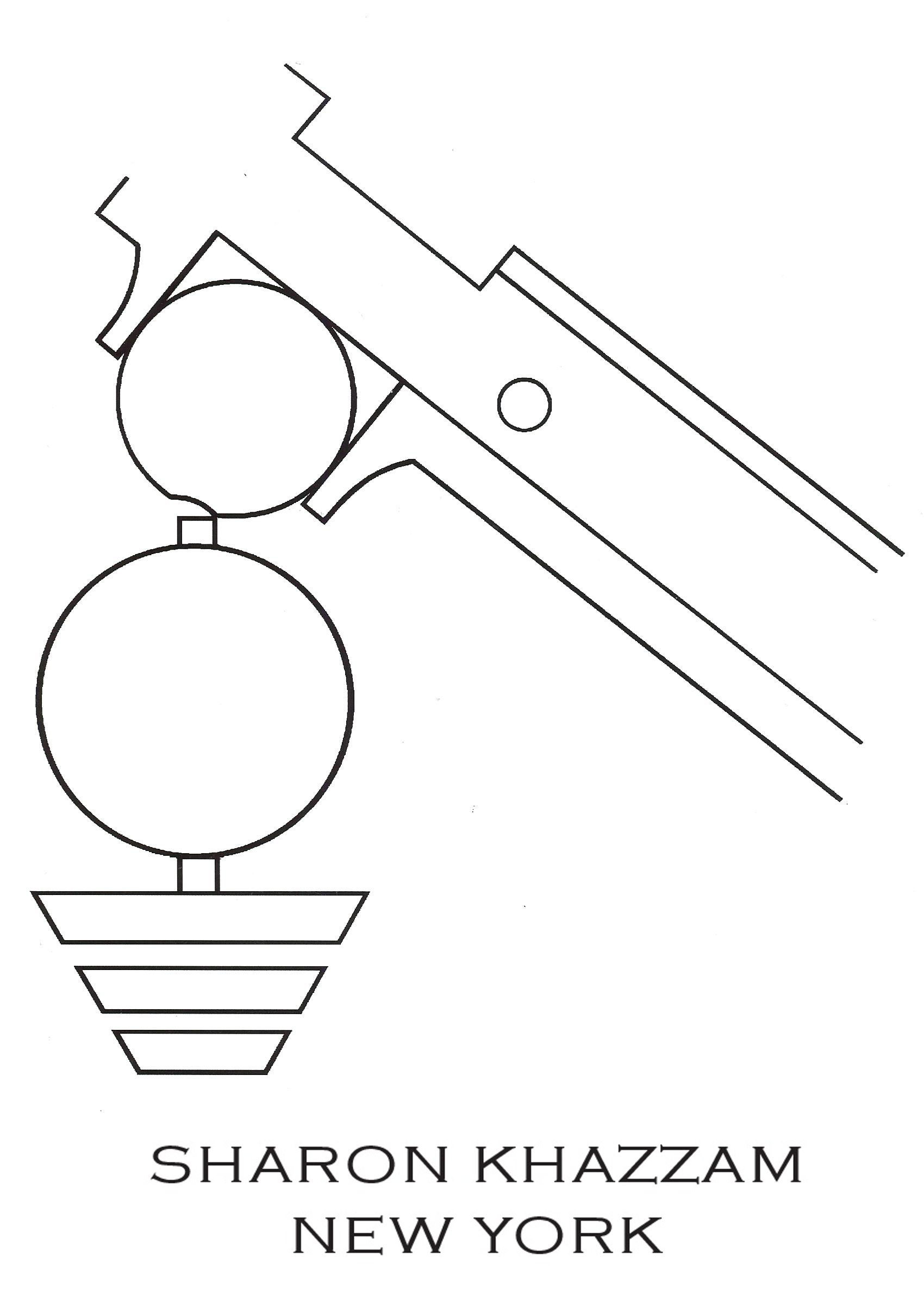Opening the Jewellery Box: The Turquoise Lavale
The TURQUOISE LAVALE
Cordially Yours
The inspiration behind the Lavale collection traces back to the lavellier style of 18th century France. The lavellier necklace style is composed of a long drop suspended from a necklace, hanging from the chain like a pendulum. This style was popularized by Duchesse de la Vallière, a mistress of France’s King Louis XIV. The Lavale collection was conceived from the desire to design an ornamental necklace that is more equipped for everyday-wear. In this spirit, show-stopping stones parade down the Lavale, each independently characteristic, as a bejewelled procession.
Colourful Characters
The Turquoise Lavale is composed of three motifs, highlighting a round faceted green tourmaline, a diamond-shaped faceted apatite, and a large ovular cabochon turquoise. All three gemstones are surrounded by black diamonds.
Considered to span the widest and most colourful spectrum of all gemstones, the tourmaline family gets their name from the Sinhalese term “turmali,” which was used to refer to gems of mixed colours found in Sri Lanka. When tourmaline was discovered in Brazil in the 1500s, it was confused for an emerald due to its vivid green colouring. It wasn’t until the 1800s that tourmaline finally gained its own distinction. Some consider tourmaline to be a birthstone for October, as well as to commemorate eighth anniversaries. The tourmaline in this necklace gleams a bewitching mossy shade, as if plucked directly from an enchanted forest.
Apatite is another stone that can be found in an assortment of colours. The jewel gets its name from the Greek word “apatao,” meaning to deceive, due to its ability to be confused with other stones thanks to its various colours. However, gem-quality stones are typically blue-hued. Apatite is considered by some to be a birthstone for December. The apatite here pierces with blue light, so intense it appears to be almost neon in shade.
Rich in pigment and reputation, turquoise is a vibrant gemstone, getting its recognizable colour from the presence of copper and iron. Due to its sensitivity to heat, polishing turquoise can be difficult because if it is overheated, it can lose its blue pigment. The name is derived from the French expression “pierre tourques,” translated to “Turkish stone,” since it arrived in Europe from Iran by way of Turkey. As one of the oldest, most recognizable, and most popular gems, turquoise has held historical relevance over many eras and in many cultures, such as Ancient Egyptian, Indigenous American, and Victorian. Turquoise is also considered to be a birthstone for December, and commemorates eleventh anniversaries. To find a gem-quality turquoise as large as the lavale’s cabochon is no easy feat. This opaque stone is a fine combination of creamy texture and strong colour.
Off The Chain
The Turquoise Lavale is suspended by a black diamond-encrusted bail from a fifteen-inch black steel chain. The Lavale pendant may be removed and attached to other chains via the bail, contributing to its versatility of wear.
To learn more about specific stones, please click here to visit our Gemstone Glossary.



